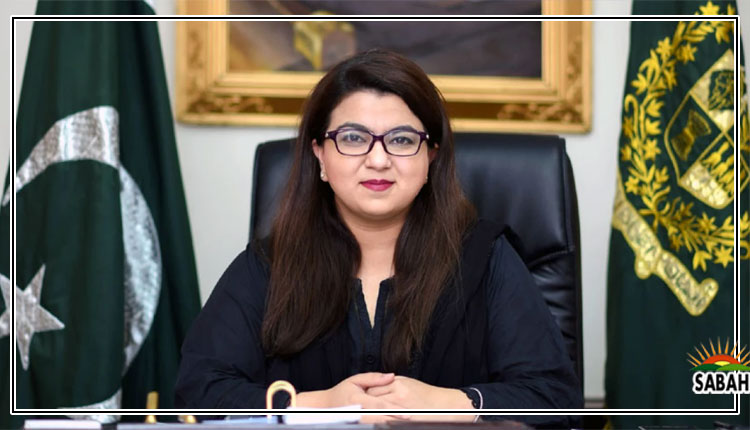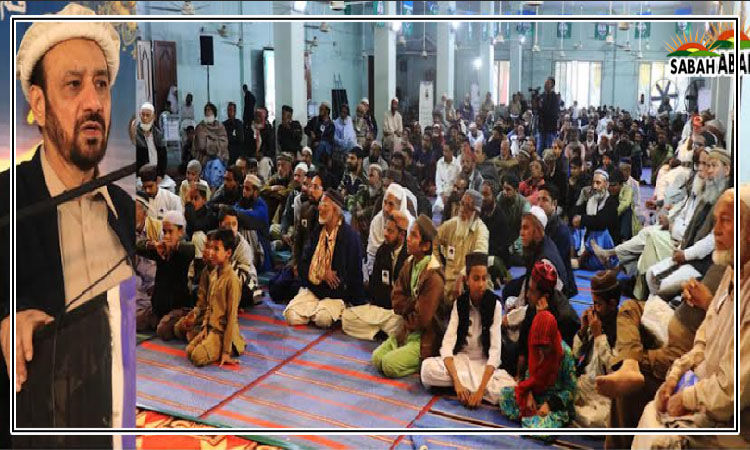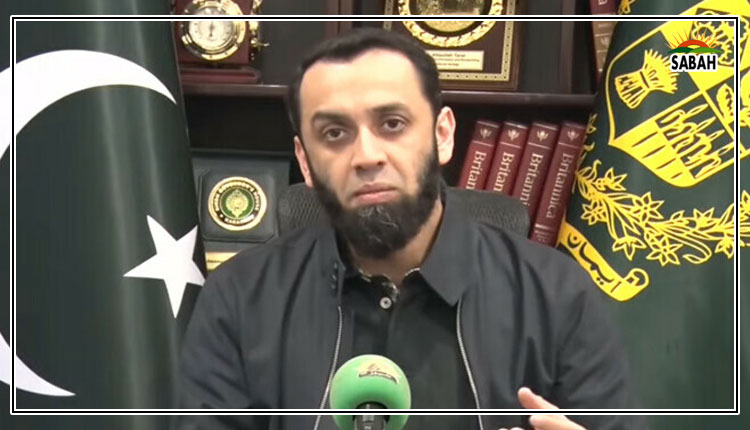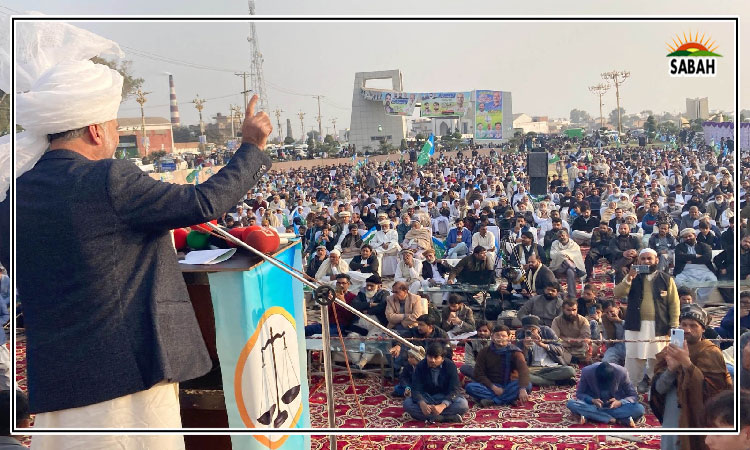A pressing need….Muna Khan
WHILE I dont tire of writing about journalism, recently, I have been wondering whether I will witness its demise and if there will be takers for my news media literacy classes 10 years from now. The fear was exacerbated after reading this years digital news report by the Reuters Institute: Audiences say they pay more attention to celebrities, influencers, and social media personalities than journalists in networks like TikTok, Instagram, and Snapchat. However, news organisations and journalists are still central to the conversation on Facebook and Twitter.
While Facebook remains a top used platform, it has shifted away from news and faces tough competition from TikTok, which reaches 44 per cent of 18-24s across markets and 20pc for news. Trust in the media was down by 2pc from the year before. Its no surprise that consumption of traditional media is down in most markets, but the number of people who say they avoid the news has risen to 36pc across markets.
The only positive takeaway was that public media organisations had the highest trust in the Global North because they likely see them as important personally and for society but younger viewers are not consuming it. These findings suggest that maintaining the breadth of public service reach remains critical for future legitimacy and especially with younger groups, the report says.
For journalism to remain relevant, news organisations need to find genuine, new ways to connect with younger audiences. And I dont mean copy/pasting their content on TikTok. It requires an understanding of the technological changes taking place in how audiences consume information and figuring out what issues younger audiences care about. Pro tip: its climate change, not change of leadership in XYZ parties.
A museum to preserve journalisms history is not an unfeasible idea.
Organisations also have to figure out how to attract this generation into the fold. When I began working in the mid-1990s, journalism was considered a worthy pursuit. Today, the field offers low wages, uncertainty and too often people end up doing tasks on the job they did not sign up for. Theyre made to chase clicks over public service. Some try to challenge these goals in their small ways, while others give in, knowing this is the only way to keep their jobs. Others quit, and its almost always folks who had innovative ideas to solve issues; be it audience engagement, or creating meaningful stories that matter to readers.
One way to make journalism a worthy pursuit is to teach people about the journalists who made it such.
My work in audio interviewing journalists about their experiences working under various forms of press censorship is a small attempt at doing that. I believe it can help people unaware of the countrys history of civil resistance, understand this moment better. Why, for example, is there no visible collective resistance to curbs to press freedom? Theres much to learn from personal narratives like Ghazi Salahuddins, who shared why he courted arrest to protest the trials of journalists during Gen Zias rule. Why dont we see similar collective resistance?
Im hoping I can convince like-minded journalists and/or donors to build a press museum similar to the Newseum in Washington, D.C. Nearly 10 million visited the museum in the 11 years it was open and it charged a $25 fee, unlike the free museums in the vicinity, which shows people were interested in learning about the news ecosystem. Some of the artifacts exhibited at Newseum included the front page of newspapers from history, starting from 1493 to the papers of the day. It also had a memorial for journalists who died on the job. Visitors could also practise journalism by reading the news through a teleprompter to better understand how the news works. Incidentally, the TDF Magnifiscience Centre in Karachi also has this opportunity; Ive seen how children are excited to participate it may inspire them to pursue journalism, or influencing, as the case may be now.
While the Newseum was never able to break even, it does not mean such an idea is unfeasible in Pakistan. There are plenty of examples of successful public-private partnerships that can provide inspiration for a press museum. The people behind such a venture need to be press freedom advocates; they have to believe that the public must have an understanding of what that means, what it entails, what the challenges are. The besieged state of Pakistans press requires interventions from all stakeholders, and while a press museum wont solve the crises, its creation will serve as a reminder of the battles fought by advocates to preserve press freedom. It may also reinvigorate a commitment from media owners to do the same educate their audience about the threats a muzzled media poses to their civil liberties.
The writer researches newsroom culture in Pakistan.
Twitter @LedeingLady
Courtesy Dawn, June 25th, 2023












